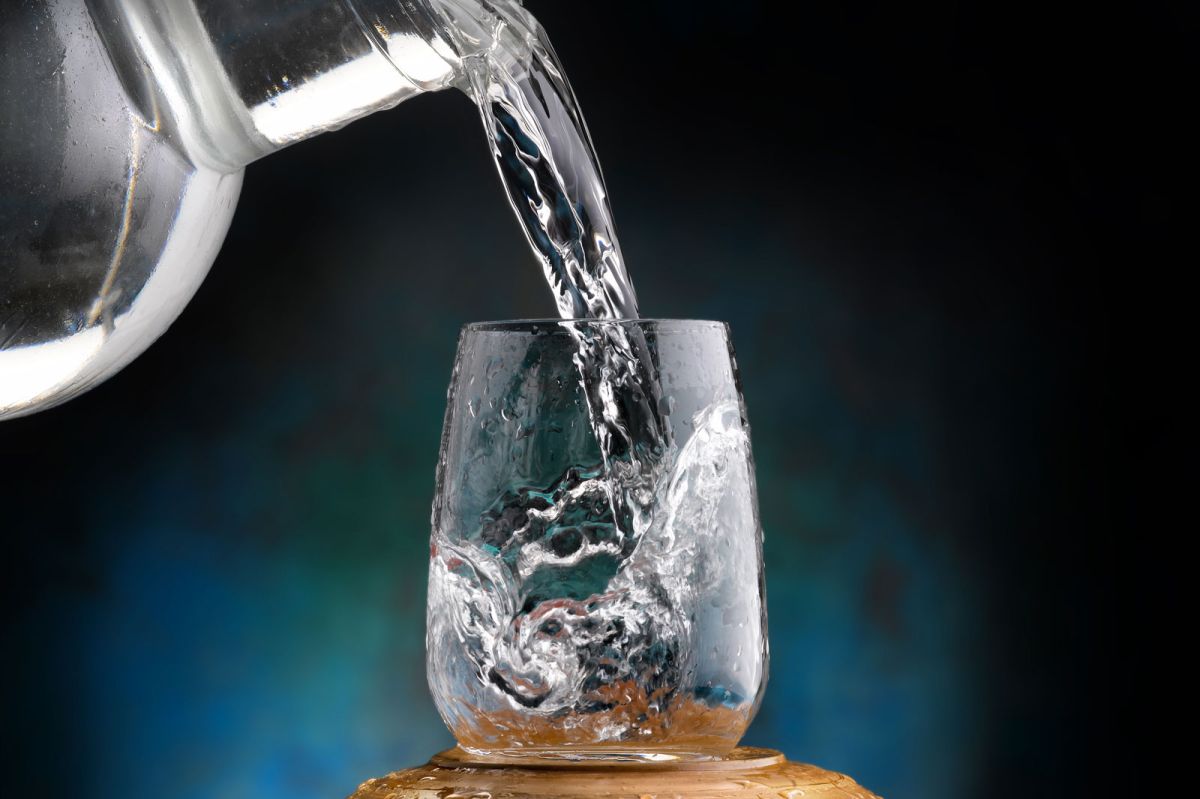Reduction in pesticide levels in drinking water in 2022 – EPA

The EPA’s Drinking Water Quality in Public Supplies Report 2022 shows that over 99.7 per cent of public water supplies comply with bacterial and chemical limits, which means our public water is safe to drink. However, many supplies still lack robust treatment measures to guarantee their long-term resilience and safety. The EPA's remedial action list (RAL) identifies ‘at-risk’ supplies that require improvements to safeguard public health. In 2022, the number of people served by public water supplies on the RAL increased to nearly 481,000, up from 374,000 at the end of 2021. Construction of a new plant at Lee Road (Cork city) and its removal from the RAL represents significant progress in 2022. Strategic progress has also been made in other areas such as disinfection and making the lead remediation grant easier for the public to access.
Some key findings of the 2022 report on public water supplies
- 99.96 per cent of samples comply with microbiological parameter limits.
- 99.62 per cent of samples comply with chemical parameter limits.
- 58 supplies were on the EPA’s RAL at the end of 2022, compared to 52 at the end of 2021.
- 79 boil water notices and 10 water restrictions were in place in 2022, affecting almost 191,000 people.
- 25 of those boil water notices were in place for more than 30 days, meaning they are classed as long-term notices requiring investment in infrastructure to address.
- E. coli bacteria were detected in three supplies, compared to four supplies in 2021.
- Trihalomethanes (THM) limits were exceeded in 45 supplies, compared to 58 in 2021. THMs form when natural organic matter in the water source, such as vegetation, reacts with chlorine used in the disinfection treatment process.
- Pesticides limits were exceeded in 17 supplies, compared to 31 in 2021.
Launching the report, Dr Tom Ryan, EPA director said: “Our public water quality remains very high, which means that the public can be confident that the drinking water supplied to their homes is safe to drink. Uisce Éireann has made good progress in delivering necessary new drinking water infrastructure such as the new plant at Lee Road in Cork which now supplies high quality drinking water to 97,000 people.
“However, the EPA through our inspection and monitoring programme, continues to identify drinking water plants that are at risk and require improvements and upgrades. At the end of 2022, there were 481,000 people being served by at risk supplies on EPA’s RAL. Uisce Éireann needs to prioritise investment in those plants to improve the resilience of drinking supplies, to provide a safe and secure supply into the future.”
He added that the growing number of people affected by persistent THM failures, now at 235,000 people, is of particular concern. Greater effort is needed by Uisce Éireann to implement improvements at supplies to minimise exposure to THMs, he said.
Regarding lead in drinking water, Noel Byrne, EPA programme manager, said this is a cumulative risk to human health. “Progress to remove lead from our drinking water supply networks, public buildings and affected homes is far too slow. The EPA welcomes the expansion of the lead remediation grant scheme, which will ease the financial burden on homeowners to replace lead piping. However, leadership is required at national level to address lead in public supplies. Uisce Éireann must accelerate the rollout of their lead mitigation plan and Government departments must outline their plan for lead replacement in public buildings as part of the National Lead Strategy.”




